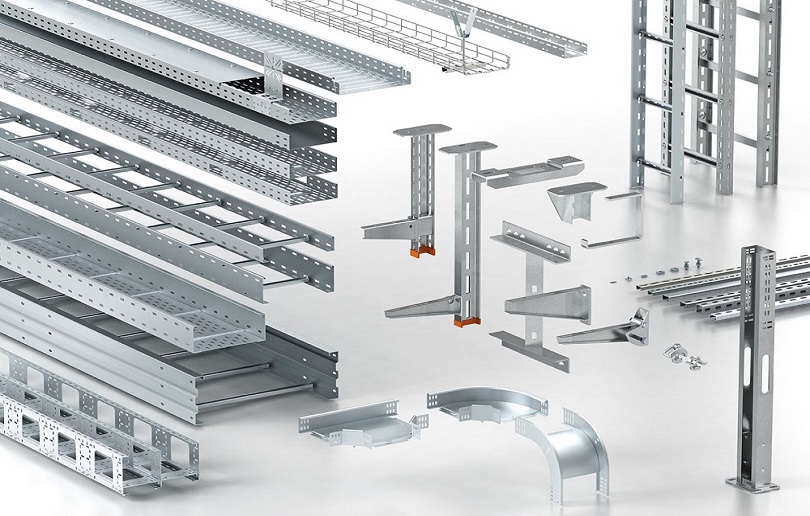Introduction: For those in the field of IT, cable management is a critical component to ensure a secure and successful cable infrastructure. As the number of data centers increases, so does the need for cost-effective solutions to manage cables securely. That’s where cable tray systems come in. This blog post will explore the benefits of cable tray systems for CIOs and discuss why they are considered cost-effective for efficient cable management.
What is a Cable Tray System?
A cable tray system is an effective solution used to organize and manage cables in data centers and other IT environments. It consists of a framework comprised of metal or plastic trays that are bolted together to form an open-air pathway for cables and wires to pass through while providing support and protection from environmental factors such as temperature or dust. In addition, it facilitates easy access to these cables when maintenance or upgrades are required.
Cost Efficiency
Cable tray systems offer significant savings over traditional cabling methods such as conduit installation, which can be very expensive due to labor costs associated with running long lengths of conduit pipes throughout the facility. Cable trays provide an ideal alternative as they require minimal labor for installation and maintenance, resulting in lower overall costs than piping installations. Furthermore, since the trays themselves are relatively inexpensive compared to other materials needed for cabling projects, this makes them even more attractive from a cost perspective.
Another important benefit that comes with using a cable tray system is their flexibility in terms of design and layout. The trays can be arranged into various shapes depending on your needs, allowing you to customize your cabling layout without having to purchase additional materials or tools. This provides greater freedom when it comes to designing your cabling setup while minimizing material costs at the same time. Additionally, since most trays are made with durable materials that can withstand harsh environmental conditions like humidity or temperature fluctuations, they can last longer than other types of cabling materials and provide reliable performance over extended periods of time.
Conclusion:
In conclusion, using a cable tray system offers numerous advantages over other traditional cabling methods such as conduit installation. Not only do they provide cost efficiency due to their low material costs and minimal labor requirements but they also offer flexibility when it comes to design and layout while providing reliable performance under harsh environmental conditions. Therefore, CIOs should seriously consider implementing these systems in their IT infrastructure if they want an efficient yet cost-effective way of managing their cables securely.

